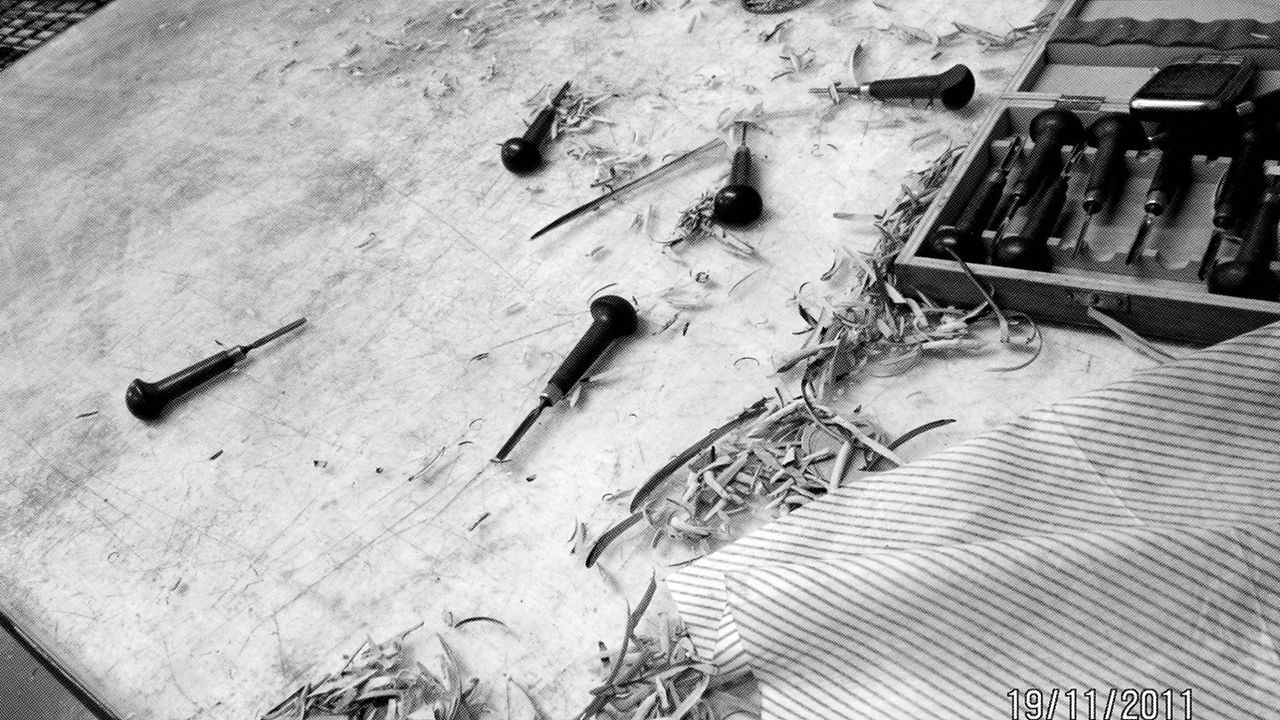
About Me
I am a Limerick based Artist/Printmaker. I am currently a Technicial officer in Limerick School of Art and Design, TUS.
My practice continually tries to investigate the relationship between Printmaking, Drawing and Photography.
Dr Kieren Cashell writes in the current spring edition of the Irish Arts review 2024 -

Pamela Dunne distinguished herself as an accomplished printmaker while still a final-year student at the Limerick School of Art and Design in 2006. Her early conviction that drawing bypasses the intellect and directly accesses the unconscious led, counterintuitively, to the intaglio process, arguably, the most indirect and technically demanding genre of traditional printmaking practice. Today she acknowledges that the systematicity of intaglio appealed to her ‘methodical’ instincts. Intaglio, she explains, compels the artist to slow down and concentrate, ‘to meditate on the creation of the image.’ Although the spontaneity of drawing may appear, at first, the precise antithesis of this scrupulously incremental, indirect method,she discovered in the technique of dry point, the ‘perfect place of equilibrium,’ between spontaneity and systematicity. With dry point, she explains, ‘I can control every mark made on the plate. I know exactly how to make the lightest mark. There is a directness with the medium that draws you close.’
This processual duality permeates Dunne’s art practice. The relatively small scale and intricate detail of her mezzotints is complemented by a series of panoramic alt-Romantic landscape ink drawings on Fabriano paper; the optical contradiction of still image and perceptual movement achieved in these motion-blur studies recalls Gerhard Richter’s ‘visual constructs’ and reveals the influence of the late Jim Savage.
Dunne’s recent work is darker. The brooding chiaroscuro of her Night Climate landscapes and selfportraits epitomises the sombre tonalities of the dry point process. Possibly the closest historical affinity with this aesthetic in theme and technique is the Ash Can School of early 20th-century American realism, particularly the intaglios of the Australian-born Martin Lewis (1881–1962) who became affiliated with the school when he migrated to New York in 1900.
The layered, rhythmically textural, and somewhat severe mark-making of Dunne’s dry point style is particularly evident in her sequence of performative self-portrait ‘investigations’ (Fig X). Episodes of a protracted, ‘time-based’ work, evolving over several years, and projected indefinitely into the future; these studies enact ‘a way,’ the artist claims, of exploring the interwoven identities that compose the self: ‘me as a person, woman, mother, artist, friend, partner, daughter, sister,’ but always, inescapably, she adds, anchored to the bedrock I, here, now, ‘in the moment.’Rembrandt’s lifelong study of himself, a flicker-book choreography of animated facial expressions, seems an obvious reference; but Dunne’s sequence of ‘dark’ yet ‘liberating’ confrontations with her ‘insecurities’ is closer in approach to Marc Quinn’s Self project (1991-), a cryogenic life-mask cast in his frozen blood, a fresh variant of which is generated every five years. Dunne’s procedure, like Quinn’s, is semi-scientific, a forensic examination of the self as a process in time, a ‘catalogue’ of lived-through change externalised in the face.
Dunne’s obliquely framed landscapes, ‘unquiet’ in their interlocking and shifting agitations of light and shade, on the other hand, are more than just observations of the estuarine environment. Entering the vague terrain, that ‘dead zone’ where industrial hinterland meets surreal dreamscape, these images, like Rorschach blots, double as projections of psychological states.
Pylon’s (Fig X) low perspective, almost coinciding with the obscured horizon, makes the viewer uneasy. Dense entangled forest masses in the foreground divide to disclose the salient form: a dead-end transmission tower, its angular lattice reflecting the metallic medium used to depict it and simultaneously dramatising Dunne’s dys-pastoral, post-industrial theme. The overhead cables iodising the damp air into radioactive dust-clouds dissect the space into dynamic optical zones and seem to vibrate with raw electrical energy. Tilted at a slightly menacing angle, the pylon looks sentient, as if it’s being reanimated by some slow subterranean force, something Lovecraftian and sinister, an ancient louring power coming up from the soil and irradiating the turbulent 1930s horror-movie skies.
With its elevated viewpoint, and the left foreground that provides both perceptual access to and protection from the brambled and dankly tangled wilderness beyond, Wall (Fig X) shares something with the unsettling landscape photography of Paul Nash.
Rising up like a shamanic presence over the black and ragged land, the jungly silhouette at the centre of Wall assumes weird, vaguely malign, anthropomorphic features.
In Road (Fig X) the unseen force convulsing the countryside worries us; our anticipation of happening is blotted out by the feeling that something awful has already happened. And the dark fields are conspiring to hide it.
Pamela Dunne’s imagery is inextricable from the material processes used to mediate it. Sometimes, perplexingly, it can seem as if the iconography is motivated by a technical desire to prioritise the formal qualities of the printmaking medium over the content. But all that this should be taken to imply is that theme and technique are mutually constitutive aspects of Dunne’s practice. Yet it remains ultimately undecidable whether her work is ‘about’ the processes of print or ‘about’ the subject-matter those processes convey.
Pamela Dunne, ‘The Night Climate’, Bourne Vincent Gallery, University of Limerick , 14 March – June 2024
K Cashell lectures in the Limerick School of Art and Design (TUS) and is the author of Photographic Realism: The Art of Richard Billingham (Bloomsbury 2020).



